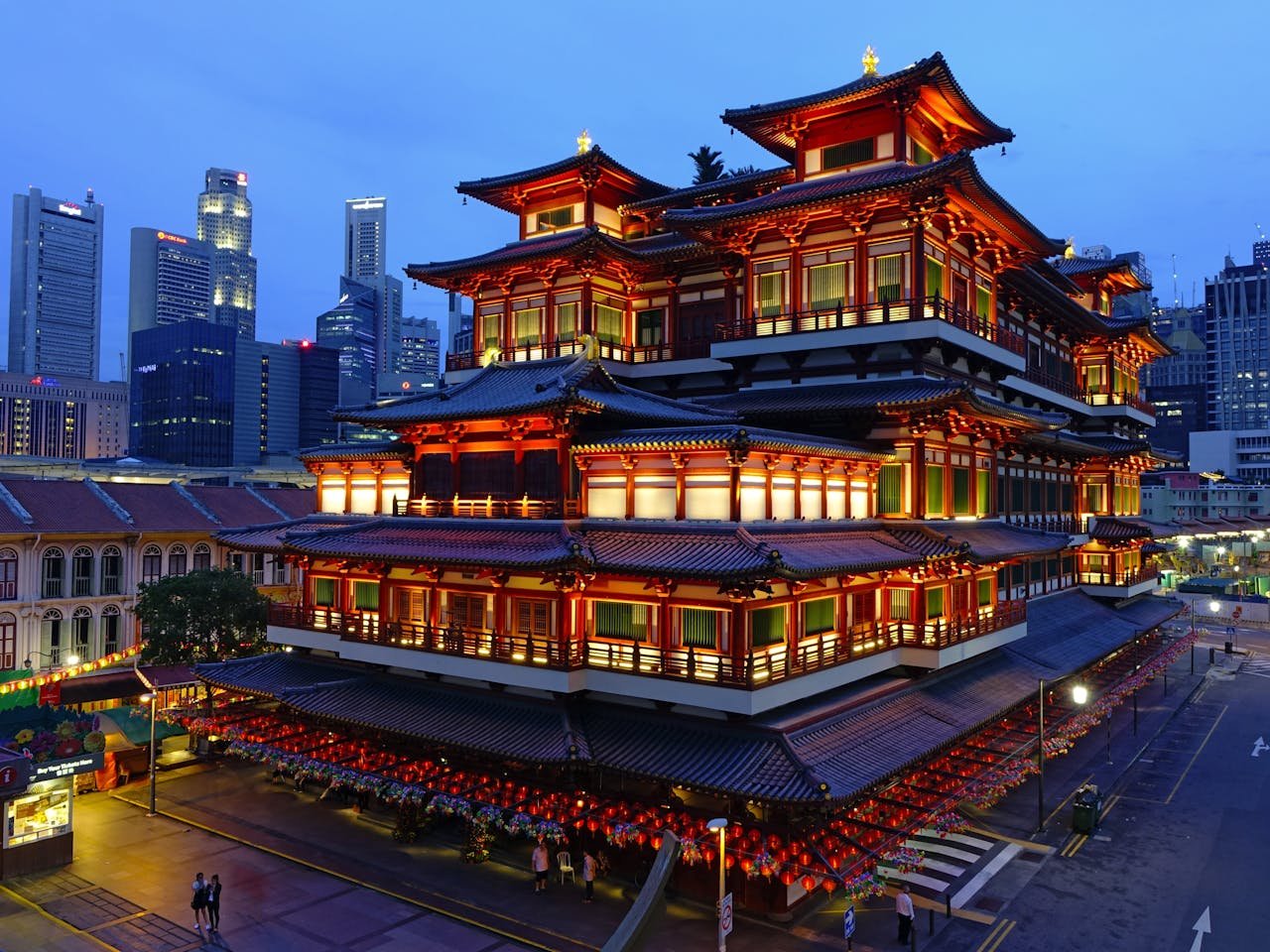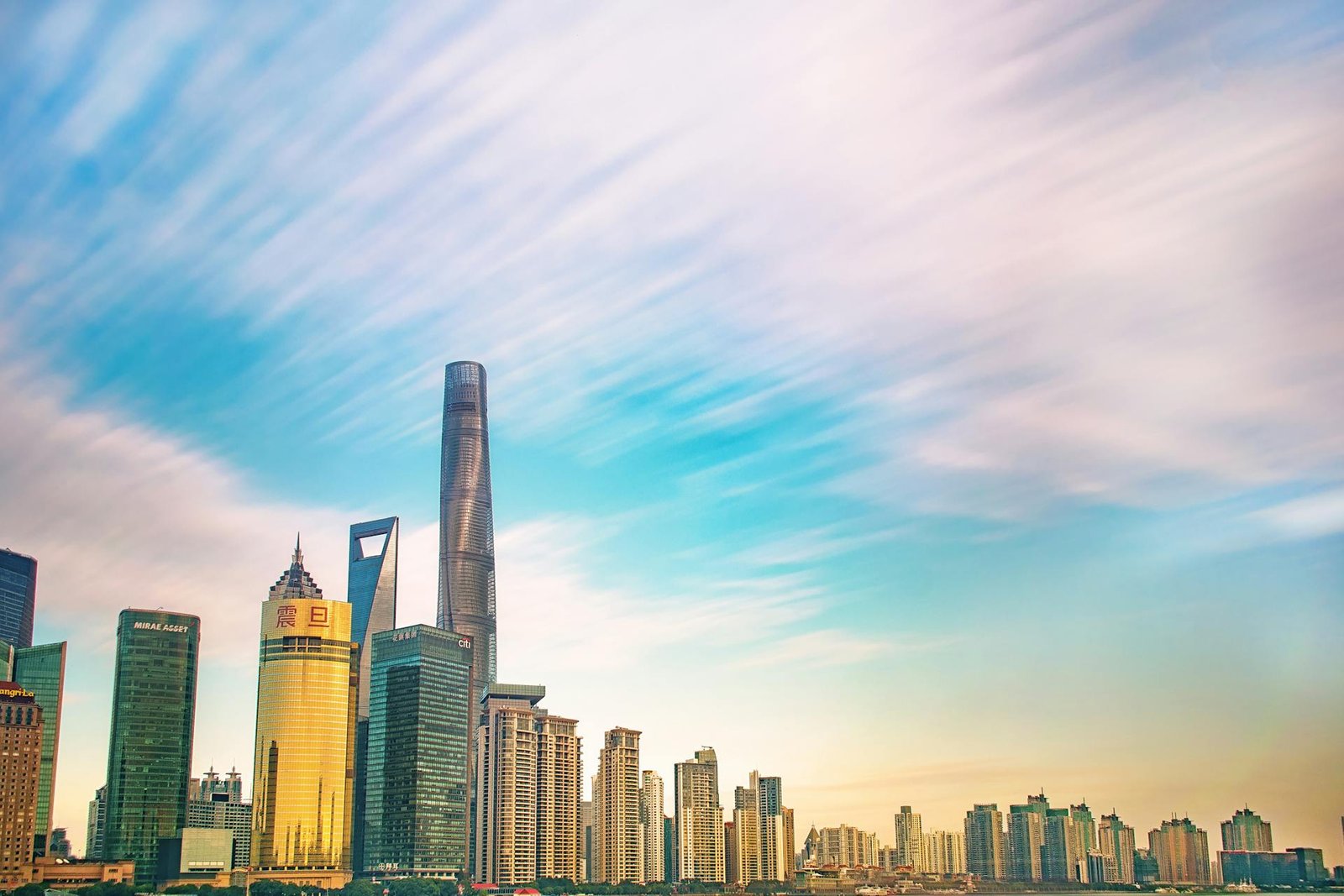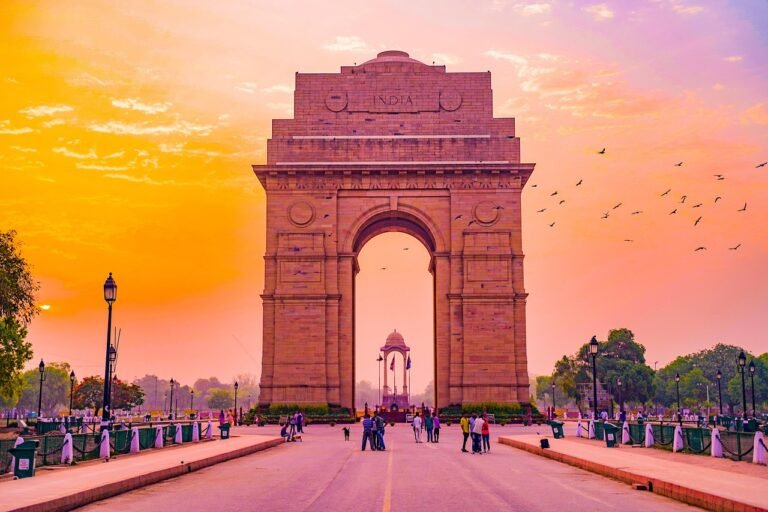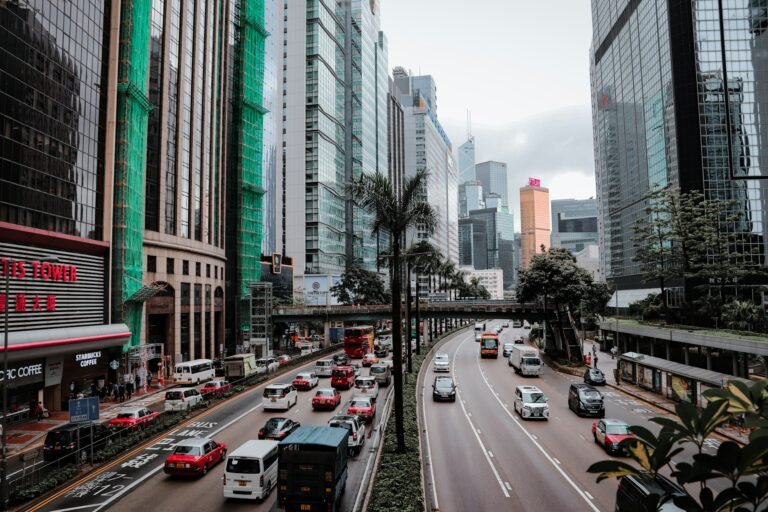The question of the safest country in Asia is one that sparks a surprising amount of debate, mostly because “safety” means different things depending on who you ask. Are we talking about crime rates? Political stability? Natural disasters? Public health? Honestly, lumping a continent as vast and varied as Asia into one safety category feels a bit like trying to rate apples against oranges—and mangos, and durians. But, since that’s exactly what you want, we’ll roll with it.
When people look for the safest Asian country, they often zero in on low crime statistics first. That’s a start, sure. But what about other factors like infrastructure resilience, emergency services, and social trust? The nuance is important. A place that scores well on one might fall short on another, and vice versa.
Then there’s the subtle stuff: cultural norms that discourage risky behavior, legal systems that dissuade corruption, or even just effective pandemic responses (because yes, that’s now a safety metric too). It’s not just about number crunching; it’s about reading between the lines—or rather, the statistics.
So, while the title “Safest Country in Asia” might sound definitive, it’s perfectly okay—and perhaps more honest—to approach it with a little caution and a lot of curiosity. Let’s dig in.
The Clear Winner: Singapore Takes the Crown
Singapore consistently ranks as the safest country in Asia, with a crime index of just 23.0 and an impressively high safety index of 77.0. But here’s what those numbers actually mean when you’re walking around at 2 AM looking for that perfect late-night hawker stall.
I remember my first night in Singapore, stepping off the MRT at Bugis Junction around midnight. Coming from cities where I’d never dream of wandering alone after dark, I was genuinely shocked to see families with young children casually strolling through the streets. Women walking alone, elderly folks taking evening walks—it felt almost surreal.
Singapore’s low crime rates are largely attributed to severe penalties for even minor crimes, strict firearm control, and rare violent confrontations. The government doesn’t mess around, and honestly? It shows.
What makes Singapore so safe:
- Exceptional law enforcement with visible police presence
- Strict penalties that actually deter crime
- Advanced surveillance systems throughout the city
- Cultural emphasis on community safety and respect
- Excellent emergency services and healthcare

The Close Contenders: Asia’s Safest Travel Destinations
Japan: Where Losing Your Wallet Means Someone Will Find It
Japan is renowned for having some of the lowest crime rates in East Asia, and I can personally vouch for this. I once left my camera bag—with about $2,000 worth of equipment—on a train in Tokyo. Three hours later, I returned to the lost and found office, and there it was, completely untouched.
Japan’s safety isn’t just about statistics; it’s woven into the cultural fabric. The concept of “meiwaku” (not causing trouble for others) means most Japanese people go out of their way to avoid creating problems, including criminal behavior.
Malaysia: Surprisingly Secure Southeast Asia
Malaysia consistently ranks among the top four safest Asian countries, with generally low violent crime rates, though travelers should remain aware of pickpockets in major cities. Kuala Lumpur might feel chaotic, but it’s remarkably safe once you know your way around.
The Malaysian peninsula is considered the safest region, with the country maintaining a Level 1 safety rating similar to Thailand and Singapore. I’ve spent countless evenings exploring Penang’s street food scene solo, and the biggest danger was probably the chili levels in the laksa.
Bhutan: The Peaceful Kingdom
Bhutan frequently appears among the top four safest Asian destinations. This isn’t surprising when you consider that Bhutan measures Gross National Happiness instead of just GDP. The country’s Buddhist values and small population create an environment where crime is genuinely rare.
The catch? Getting there requires more planning (and money) than most destinations, but if you’re looking for absolute tranquility, Bhutan delivers.
Regional Safety Breakdown: Where to Go and What to Expect
Southeast Asia’s Safe Havens
The safest Southeast Asian countries for 2025 include Singapore, Brunei, Malaysia, Vietnam, and Cambodia. Vietnam surprised me here—my preconceptions were way off. The country has transformed dramatically, and while traffic might be your biggest concern, violent crime against tourists is remarkably low.
Vietnam’s safety improvements have been particularly impressive. From Ho Chi Minh City to Hanoi, I’ve noticed increased police presence, better tourist support, and genuine efforts to protect visitors. The biggest challenge? Crossing the street without getting run over by a motorbike.
East Asia’s Stability Champions
Beyond Japan, South Korea deserves mention for its excellent safety record. Taiwan, too, offers incredible security for travelers, though it sometimes gets overlooked in these discussions.
The Real Talk: What “Safe” Actually Means for Travelers
Here’s what bothers me about most safety guides—they throw around statistics without explaining what they mean for actual human beings trying to enjoy their vacation. So let’s break it down:
Low violent crime means you’re not worried about armed robbery or assault. You can wear your nice watch, carry your camera openly, and walk around without constantly looking over your shoulder.
Petty crime awareness means you still need to be smart about pickpockets and scams, but these are annoyances, not life-threatening situations.
Political stability means you won’t wake up to protests blocking your hotel or sudden policy changes that trap you in the country.
Healthcare quality means if something does go wrong, you’ll receive excellent medical care without breaking the bank.
Beyond the Rankings: Practical Safety Tips
The safest country in the world won’t protect you from your own poor decisions. Here’s what I’ve learned from years of Asian travel:
Trust your instincts. If something feels off, it probably is. This applies whether you’re in ultra-safe Singapore or anywhere else.
Learn basic local customs. Respect goes a long way, and showing cultural awareness often leads to locals looking out for you.
Keep digital copies of important documents stored securely online. I use encrypted cloud storage—much more reliable than hoping I don’t lose my passport.
Have a communication plan. Make sure someone knows your itinerary, and consider getting a local SIM card for emergencies.
The Unexpected Safety Factors Nobody Talks About
Infrastructure Quality Matters
Singapore and Japan aren’t just safe from crime—their infrastructure is incredibly reliable. Trains run on time, buildings meet strict safety codes, and you don’t have to worry about dodgy electrical wiring in your hotel.
Language Barriers and Safety
In Singapore, English proficiency is excellent, making it easier to seek help or understand emergency situations. Japan might have language challenges, but their emergency systems are so well-organized that it rarely matters.
Healthcare Standards
Both Singapore and Japan offer world-class healthcare. If you have a medical emergency, you’re in capable hands. Malaysia’s healthcare is also excellent, particularly in major cities.
When “Safest” Might Not Mean “Best” for You
Here’s perhaps a controversial take: sometimes the “safest” destination isn’t the right choice for every traveler. Singapore is undeniably safe, but it can feel sterile to some. Japan is incredibly secure, but the cultural barriers might stress some visitors more than the slight safety risks of, say, Thailand.
I know travelers who feel more comfortable in supposedly “riskier” destinations like Indonesia or the Philippines because they connect better with the culture and people. Safety is important, but it’s not the only factor in a great travel experience.
Making Your Decision: Questions to Ask Yourself
Before booking that flight to the “safest” destination, consider:
- What’s your risk tolerance? Are you comfortable with minor uncertainties, or do you need absolute peace of mind?
- What’s your travel style? Do you prefer structured environments or more chaotic, authentic experiences?
- What are your actual concerns? Fear of petty theft is different from concern about political instability.
- How important is cultural immersion? Sometimes the safest places can feel the most removed from local culture.
The Bottom Line on Asian Travel Safety
Singapore remains the statistically safest country in Asia, with impressive safety indices and remarkably low crime rates. But the “best” safe destination depends on what you’re looking for in your Asian adventure.
For first-time visitors or those prioritizing security above all else, Singapore, Japan, and Malaysia offer exceptional safety with rich cultural experiences. If you’re willing to accept slightly higher but still manageable risks for more authentic experiences, countries like Vietnam and even Thailand can provide incredible journeys with proper precautions.
The truth is, most of Asia is far safer than many travelers realize. The key is understanding the specific safety landscape of your chosen destination and traveling smart, not scared.
Remember: the goal isn’t to eliminate all risk—it’s to make informed decisions that let you have amazing experiences while staying reasonably safe. Whether that’s Singapore’s pristine streets, Japan’s respectful culture, or Malaysia’s diverse landscapes, Asia offers incredible safe havens for every type of traveler.

Top Travel Resources and Booking Platforms
Accommodation & Flights:
- Booking.com – booking.com – Extensive Asian hotel network with excellent cancellation policies
- Agoda – agoda.com – Asia-focused platform with competitive rates and local insights
Travel Insurance: 3. World Nomads – worldnomads.com – Comprehensive coverage for adventurous travelers 4. SafetyWing – safetywing.com – Digital nomad-friendly insurance with global coverage
Transportation: 5. 12Go Asia – 12go.asia – Multi-modal transport booking across Southeast Asia 6. Klook – klook.com – Activities and transport passes with instant confirmation
Communication & Safety: 7. Airalo – airalo.com – eSIM cards for seamless connectivity across Asia 8. TripIt – tripit.com – Itinerary organization and emergency contact management
Cultural Preparation: 9. Duolingo – duolingo.com – Basic language learning for better local interaction 10. Culture Trip – theculturetrip.com – Cultural insights and local customs guides
Frequently Asked Questions
Question: Is Singapore really safer than other Asian countries for solo female travelers? Answer: Yes, Singapore consistently ranks as the safest Asian destination for solo female travelers, with excellent public transport safety, well-lit streets, and strong law enforcement presence even late at night.
Question: What makes Japan so safe compared to other developed countries?
Answer: Japan’s safety stems from cultural values emphasizing community responsibility, extremely low gun ownership, respect for authority, and a justice system that prioritizes crime prevention over punishment.
Question: Are there any safety concerns specific to Malaysia that travelers should know? Answer: Malaysia is generally very safe, but travelers should be aware of pickpocketing in busy areas like Kuala Lumpur’s Chinatown and avoid isolated areas in East Malaysia due to occasional regional tensions.
Question: How do Asian safety standards compare to European countries?
Answer: Top Asian destinations like Singapore and Japan often surpass many European countries in safety rankings, with Singapore frequently outperforming traditional safe havens like Switzerland and Denmark.
Question: What should I do if I encounter an emergency in a non-English speaking safe Asian country?
Answer: Most safe Asian countries have tourist police units with English speakers, plus emergency apps and translation services. Always save local emergency numbers and your embassy contact information.
Question: Is it safe to use public transportation in Asia’s safest countries?
Answer: Absolutely. Singapore’s MRT, Japan’s rail system, and Malaysia’s public transport are exceptionally safe, clean, and reliable, often safer than walking or using private transport.
Question: How reliable are safety rankings when choosing Asian travel destinations?
Answer: Safety rankings provide good baseline information, but consider multiple sources including crime statistics, political stability indices, and recent traveler experiences for the most complete picture.
Question: What’s the difference between tourist-targeted crime and general crime rates in Asian countries?
Answer: Most safe Asian countries have very low tourist-targeted crime rates, with Singapore and Japan showing almost negligible tourist victimization compared to their already low general crime rates.
Question: Are there cultural factors that contribute to safety in Asian countries? Answer: Yes, countries like Japan emphasize collective responsibility and shame-based social control, while Singapore’s multicultural harmony and strict governance create inherently safer environments.
Question: How has Asian travel safety changed in recent years?
Answer: Most Asian destinations have become significantly safer, with improved tourist infrastructure, better police training, enhanced emergency services, and increased international cooperation on traveler protection.





